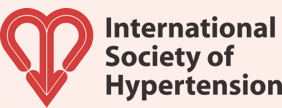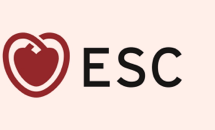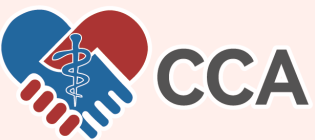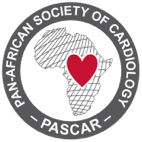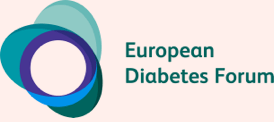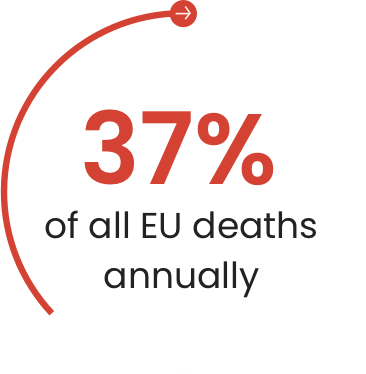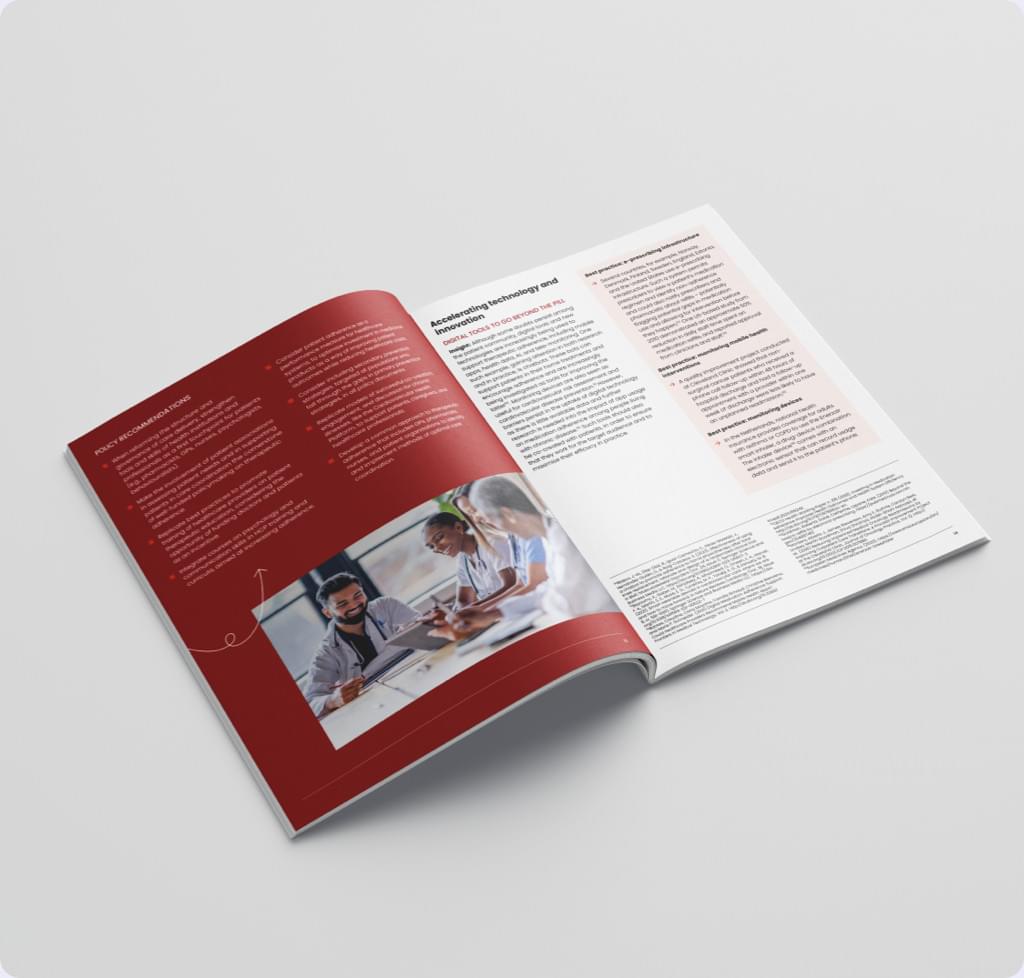Contact
If you would like to
learn more about the initiative and how can you support therapeutic adherence, please fill out the following
contact form.
Contact us
References :
9 - WHO (2021) Monitoring noncommunicable disease commitments in Europe.
https://www.who.int/europe/publications/i/item/WHO-EURO-2021-4479-44242-6249410 -Timmis et al., 2022
https://www.eea.europa.eu/publications/beating-cardiovascular
disease#:~:text=It%20is%20the%20most%20common,2022%3B%20WHO%2C%202022).
10 -Timmis et al., 2022 https://www.eea.europa.eu/publications/beating-cardiovascular
disease#:~:text=It%20is%20the%20most%20common,2022%3B%20WHO%2C%202022).
11 - WHO, 2022, Global Health Observatory, World Health Organization, Geneva, Switzerland
(https://www.who.int/data/gho).
12 - EFPIA (2022). Chronic diseases: sustainable solutions for europe powering up chronic disease management
13 - Peters Annette (2021), Cardiovascular risks of climate change.
https://www.ncbi.nlm.nih.gov/pmc/articles/PMC7649889/
23 - Kravitz RL, Hays RD, Sherbourne CD, et al. (1993) Recall of recommendations and adherence to advice among
patients with chronic medical conditions. Arch Intern Med. doi: 10.1001/archinte.1993.00410160029002.
24 - Jackevicius Cynthia A, Li P, Tu JV. (2008) Prevalence, predictors, and outcomes of primary non-adherence
after acute myocardial infarction. doi: 10.1161/CIRCULATIONAHA.107.706820.25 - Laufs, Ulrich, Rettig-Ewen, Volker,
Bo, Michael. (2011) Strategies to improve drug adherence. European Hearth Journal.
doi:10.1093/eurheartj/ehq297
25 - Laufs, Ulrich, Rettig-Ewen, Volker, Bo, Michael. (2011) Strategies to improve drug adherence. European Hearth
Journal. doi:10.1093/eurheartj/ehq297
26 - Rajiv Chowdhury et al. (2013) Adherence to cardiovascular therapy: a meta-analysis of prevalence and clinical
consequences. Eur Heart J doi: 10.1093/eurheartj/eht295. Epub 2013 Aug 1.
27 - Chen Chen, MD (Adherence with cardiovascular medications and the outcomes in patients with coronary arterial
disease: “Real‐world” evidence. Clin Cardiol. https://www.ncbi.nlm.nih.gov/pmc/articles/PMC9748759/
